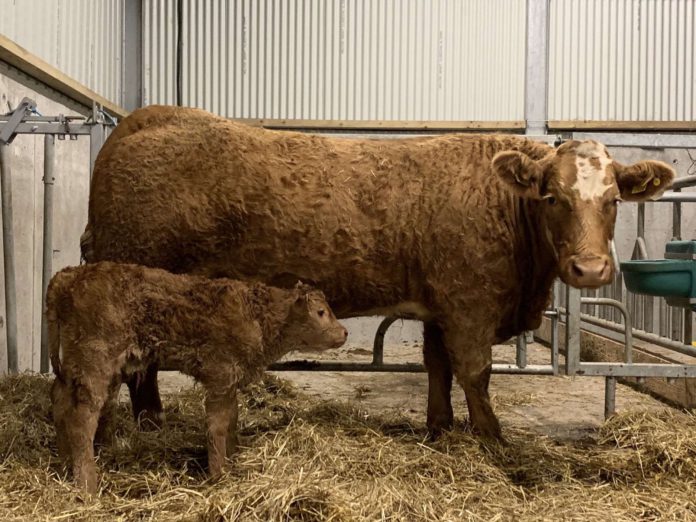Feedstocks “appear to be good” on the back of bumper harvests in some countries, but there are issues surrounding the availability of some products, including maize gluten and maized distillers.
This is one driver of the current record-high concentrate prices, according to Aidan Murray, who recently joined Catherine Egan on Teagasc’s Beef Edge Podcast.
He explained that many ingredients are traded in US dollars, and the Euro has “not fared well” in the last year with a 15-20% devaluation.
He outlined: “Barley, the mainstay of many rations, is trading at €375-€400/t; soya is trading at €575/t.”
“Maize appears to be good value; it is bought at circa €400/t and is valued at about €416/t.”
“Beet pulp looks to be more attractive in terms of value at the minute than soya hulls. Maize distillers would possibly look better value than maize gluten,” he remarked.
During the podcast, he advised listeners on how to manage nutrition at a time of high feeding costs this winter.
We summarised some of his tips in this news article for readers.
Silage quality
- Know the quality of the silage you have to feed – Test silage: Take a core sample to get the best representation;
- Keep feed fresh – beware of heating and lower palatability – Put out supplies for up to two days;
- Silage quality lower than last year in some cases due to 10-14-day delays in cutting – DMD values could be back “slightly” on other years;
- Analysis: Results will determine level of supplementation to keep animals on target from a production perspective. Seek advice from ag advisor/nutritionist once you receive results from lab;
- Figures: Target 0.6kg/head/day – for 120-day winter, just over 70kgs of LW gain or closer to 90kgs of LW gain for 150-day winter.
- Attention to detail important to help reach targets;
Under-feeding and LWGs:
- Not cutting concentrates: Lighter weanlings, in particular, not “overly efficient” – giving an extra KG of meal at that stage is “more” efficient than trying to make ground next year when they are for finishing, for example. “Push harder at the start and ease back as you go through the winter and maybe cut them off it a few weeks before they go to grass.”
- Beware of under-feeding as it can cost you more in the long run: 1.5-2kg/head/day on “good” quality silage will get them off to a good start – particularly those below 300kgs
- Under-performance: “We often get weanlings that are under-performing in the first winter, and you can certainly lose 50-60kgs if you do not get feeding right before turnout next spring.”
- Conversion of 4-5kg of meal to a kg of LW gain can double in year two;
- Performance varies amongst systems – ad-lib accelerates compared to grass and “moderate” level of concentrates.
Weanlings and suckler cows:
- Finishing diet – High energy is the main requirement (cereals and grain) – bulls may need 13-14% in diet, whereas circa 12% for finishing steers and heifers at that stage;
- Weanlings – higher protein ration to grow frames – 14-16% in weanling ration;
- Spring-calving suckler cows: 65-67 DMD silage, give ad-lib over winter. Cows in reasonably good condition will hold condition on silage of that quality. In some cases, you may have to restrict cows with higher BCS on this silage quality. 72% DMD silage alone would be adequate to build up condition on thinner cows over winter;
- Autumn-calving cows: Good quality silage & 2kg of concentrates per head per day up until they are served and back in-calf again. Ideally, separate into groups if possible – thinner cows together – to build up condition “cheaply”. “Ideally, you do not want to be pumping concentrates into suckler cows if you can get away with it.”
- Along with nutrition, animal health (consult your vet) and ventilation are paramount.





